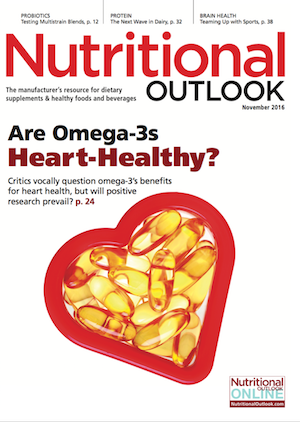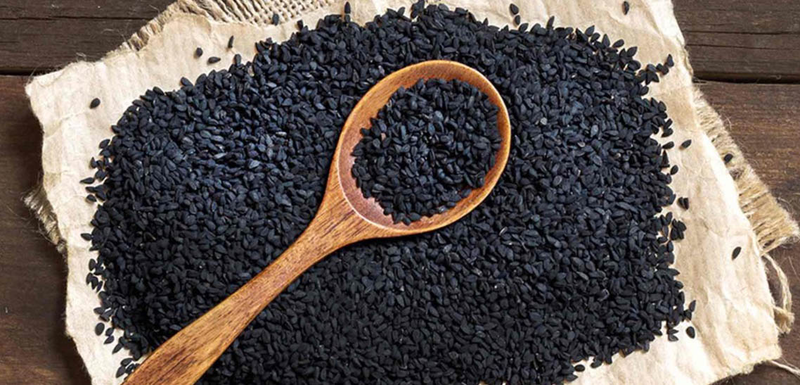Dairy Protein Advancements: Microfiltration, Sustainability, and More
Better taste, better function, and better sustainability are now at formulators’ fingertips.
Photo © Shutterstock.com/Ridkous Mykhailo

Dairy protein has made a big name for itself as an excellent source of protein. Many consumers now seek dairy protein after intense physical workouts in order to rebuild or retain muscle. But alternative uses, including for weight management, have hordes of consumers (beyond the dedicated athletes and gym goers) shopping for dairy protein, too. With an increasing consumer base, dairy protein is now formulated into dips, soups, snacks, and a host of other products.
In order for dairy protein to succeed mainstream, it must meet some key targets. Taste is one. Everyday consumers won’t necessarily settle for the chalky and sometimes bitter taste of dairy protein as is sometimes found in protein powders and beverages consumed by hardcore athletes.
“Taste is a top priority in food and beverage formulations,” says Terri Rexroat, vice president of U.S. trade services for the U.S. Dairy Export Council (Arlington, VA). “Consumers are less willing to choose between taste and nutrition, but rather they expect health and wellness products to pack a nutritional punch while being delicious.”
And so, dairy specialists around the world are in hot pursuit of better tasting and higher functioning dairy proteins. Breakthroughs within the last several years show just how much dairy, as we know it, is changing.
Micellar Casein and Native Whey
Of all the advances happening in dairy, ultrafiltration is perhaps most notable because it is changing the way that we consume milk’s proteins, casein and whey. Using highly sophisticated filtration technologies, dairy ingredient processors can separate, extract, and concentrate casein and whey more easily than ever before. The result is healthier, more functional, and less-processed dairy proteins.
Take casein. Using ultrafiltration (also referred to as microfiltration), processors can extract casein. When produced in this way, this casein is called micellar casein. Micellar casein is considered a very efficient dietary protein. According to experts at Ingredia Inc. (Wapakoneta, OH), micellar casein has high levels of branched-chain amino acids and essential amino acids, but it’s also a very slow-digesting protein thanks to the reduced use of processing that ultrafiltration makes possible.
The potential benefits of consuming micellar casein include rebuilding broken-down muscle after intense exercise, increased satiety (due to slow digestion of protein) for weight management, and potential use in avoiding malnutrition and sarcopenia because of micellar casein’s highly bioavailable calcium. Less processing also means it’s a highly soluble and mild-flavored protein, which can benefit food and beverage manufacturers.
The other component of milk protein from ultrafiltration is whey, which is also referred to as native whey. While ultrafiltered native whey is a nutritious protein much like traditional whey, native whey also comes with a host of functional benefits, including limited syneresis (resulting in a creamy mouthfeel for protein beverages), lighter color, and lower fat content. By forgoing the acid processing of traditional whey, native whey should also have a milder taste.
Although these protein ingredients have been around for some time, suppliers say that more consumers are now getting educated on their benefits.
Protein for Bars
Since consumers now expect their protein fix in a tasty and otherwise perfect experience, dairy protein suppliers are fine-tuning their proteins to meet each and every preference.
Milk Specialties Global (Eden Prairie, MN) is currently putting a lot of its emphasis on texture. Earlier this year, the company launched BARsoft, a dairy protein designed for soft texture and improved shelf life in high-protein bars. Company vice president and general manager Chris Baughman says that thanks to a proprietary, co-processed matrix of dairy proteins, BARsoft imparts an exceptional sensory experience alongside significantly reduced browning and hardening of bars over time. Browning can occur naturally in dairy protein products due to a number of environmental factors. If left unchecked, it can influence color, flavor, and other important qualities of finished bars.
Alternatively, Milk Specialties has also made available high-protein bar inclusions that promise crunchy and texturized dairy protein. These inclusions are currently available in chocolate and graham cracker flavors and can add up to 4 g of protein to a single bar.
Eliminating Dairy Byproducts
Because dairy proteins and other dairy products are usually made at the expense of byproducts, large-scale dairies and dairy ingredient manufacturers must figure out how to discard or repurpose their leftovers. Any efforts made towards greater efficiency and less waste can only improve a company’s image and its potential for continued business.
Fortunately for everyone, dairy companies are innovating their processes in order to recapture waste. Fonterra (Auckland, New Zealand), a multinational dairy cooperative, introduced a new milk powder plant this year that can turn dairy waste into fertilizer that gets irrigated onto neighboring farmland. In addition, an upgrade to one of Fonterra’s other production sites allows the company to double its capture of lactose, thus reducing waste and reliance on imported lactose. Milk powder, after all, must be standardized for lactose content.
Waste retrieval is an active practice for other companies, too. Hilmar Cheese Co. (Hilmar, CA), a supplier of cheese, whey protein, and other dairy ingredients, is using new technologies to recover almost 100% of its milk-derived water and redirect it to crop irrigation and landscaping.
Besides lactose and water, two especially common byproducts of dairy manufacture are acid whey (a byproduct of acidic dairy products, such as Greek yogurt) and lactic permeate (the liquid remaining after whey or milk is ultrafiltered). Large-scale dairies already have various ways of dealing with these byproducts, but one company went further, asking whether these byproducts could be done away with altogether.
Arla Foods Ingredients (Viby J, Denmark) believes it has the answer in a milk protein–based powder, HiYield, that enables firms to use 100% of milk during manufacturing, without creating any byproducts or waste. Firms simply add HiYield to milk at the beginning of the manufacturing process. “After this, production continues in the same way as it would in a normal, stirred-yogurt-making process,” says Torben Jensen, Arla’s category and application manager for fresh dairy products. The resulting dairy products will have the same taste, texture, and consistency that consumers are used to. Manufacturers, on the other hand, can enjoy higher output, reduced waste, and increased sales. Arla says HiYield is especially useful when making products like Greek yogurt, cream cheese, feta, mascarpone, ricotta, quark, and skyr.
Masking Whey Protein Flavor
Like most other food ingredients, dairy can be vulnerable to sensory changes during manufacturing and certain types of processing. In the case of whey protein, the most notable sensory change is usually flavor, which some experts describe as bitter notes reminiscent of cardboard. When the flavor of whey protein is unwanted in finished products, flavor masking can be helpful.
Unfortunately, flavors typically contain carbohydrates. Seeing this limitation in the industry, Glanbia Nutritionals (Carlsbad, CA) earlier this year introduced EasyFlav, a flavor technology made for masking whey’s bitter flavor without adding extra carbohydrates. The breakthrough should be especially useful for protein hydrolysates, which Glanbia says are typically very bitter. It can list on product ingredient labels as “natural flavor.”
Whey Protein as Egg Replacement
Although whey protein is most popularly known as a high source of supplementary protein, whey protein’s functional properties give it dual purpose. If a manufacturer wants to avoid using eggs in baking, for instance, whey protein can partially or completely replace eggs without undesired consequences.
Hilmar Ingredients says that replacing eggs with whey protein in baked goods can yield products with equal appearance, springiness, chewiness, and color. The replacement of egg with whey protein can even lower cholesterol in some formulas. To meet the needs of a potentially eggless market-whether for cost, availability, or allergen reasons-Hilmar recently introduced Hilmar 7000, a whey protein concentrate made especially for the purpose of replacing eggs in baked foods and mixes.
Sidebar: Organic on the Rise
Several ingredient suppliers say that organic formats are in high demand for both milk and dairy proteins. These companies are increasing their offerings of USDA organic-certified products.
Fonterra admits that organic milk prices are high because consumer demand is currently outpacing supply. Milk Specialties is promoting organic whey and milk proteins in both powder formulas and ready-to-drink formulas. And even though organic is front of mind for the company, a spokesperson for Milk Specialties says that other dairy qualifiers, including rBGH-free and lactose-free, are still of high interest to its customers.
Also read:
Non-Dairy Milk Surges, Dairy Milk Slumps
Plant Protein versus Dairy Protein for Muscle Building
How Big a Threat Is Plant Protein to Dairy Protein?
Consumers Prefer Blends of Soy and Dairy in High-Protein Beverages, Study Suggests

FDA revokes authorization to use Red No. 3 as a color additive in food or drugs
January 15th 2025FDA contends that the color additive is safe for humans but is legally obligated by the Delaney Clause of the FD&C act to revoke authorization as research shows the Red No. 3 induces cancer in rats.















